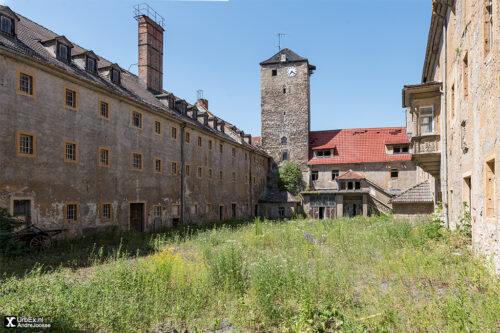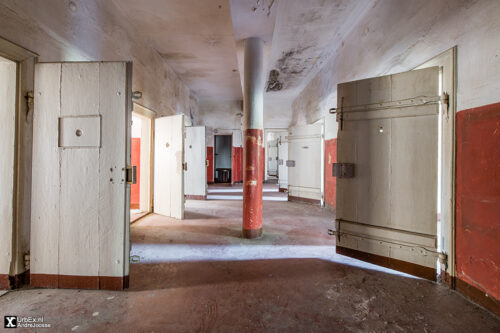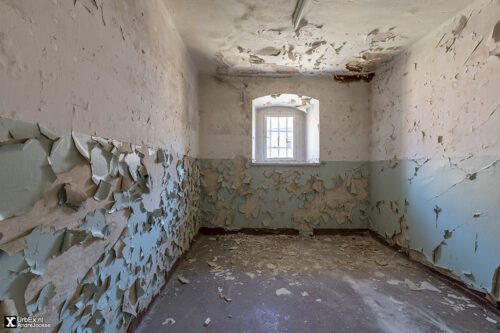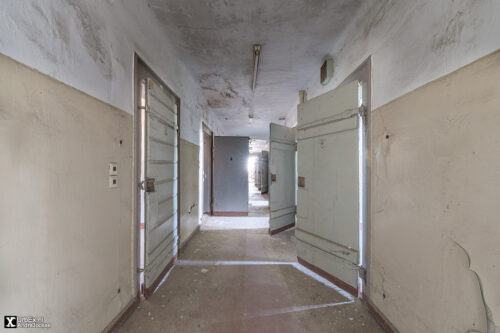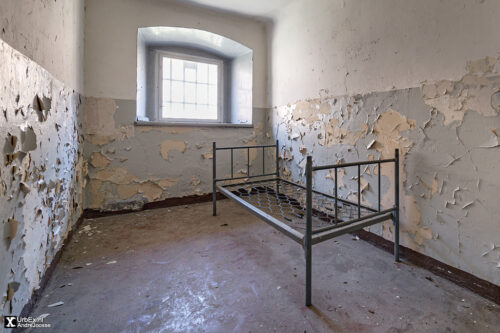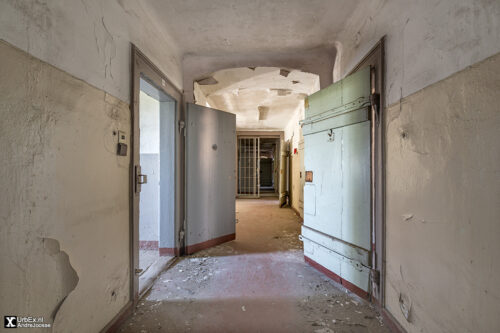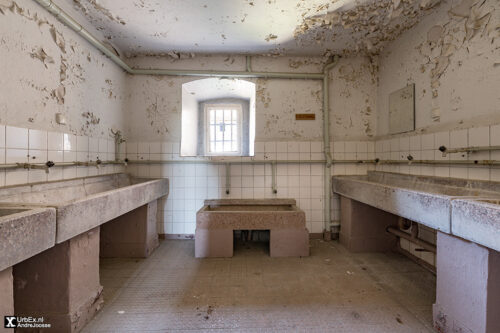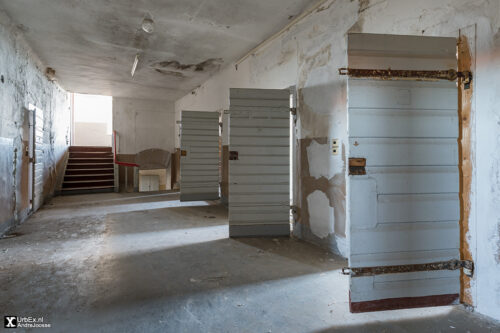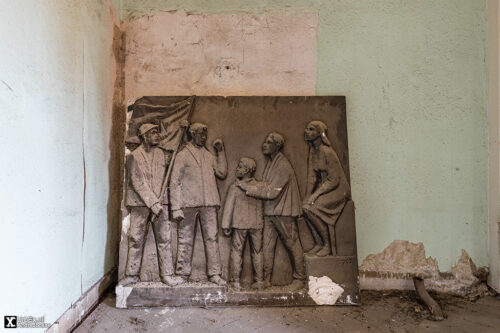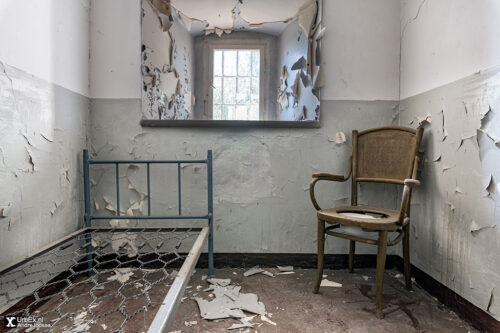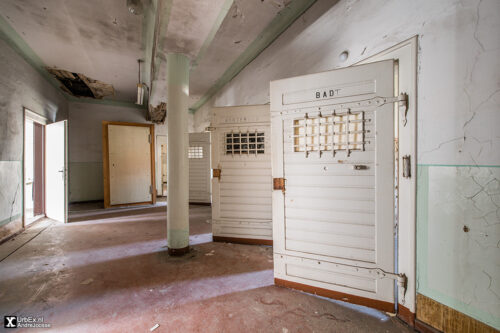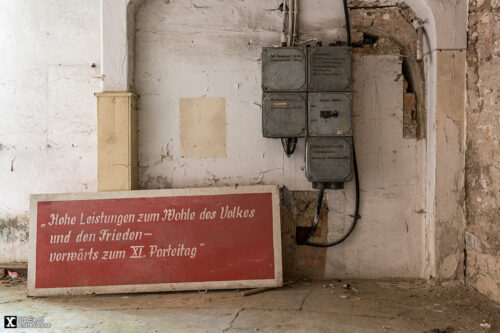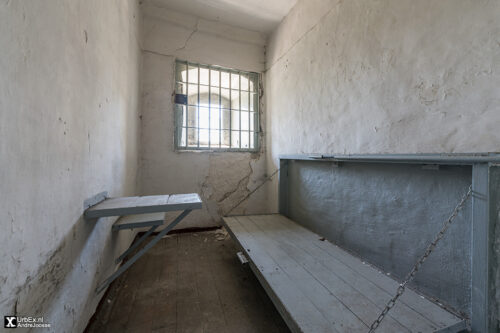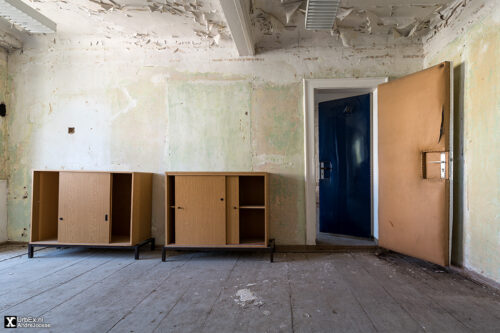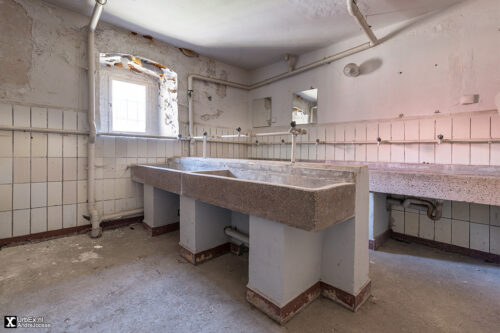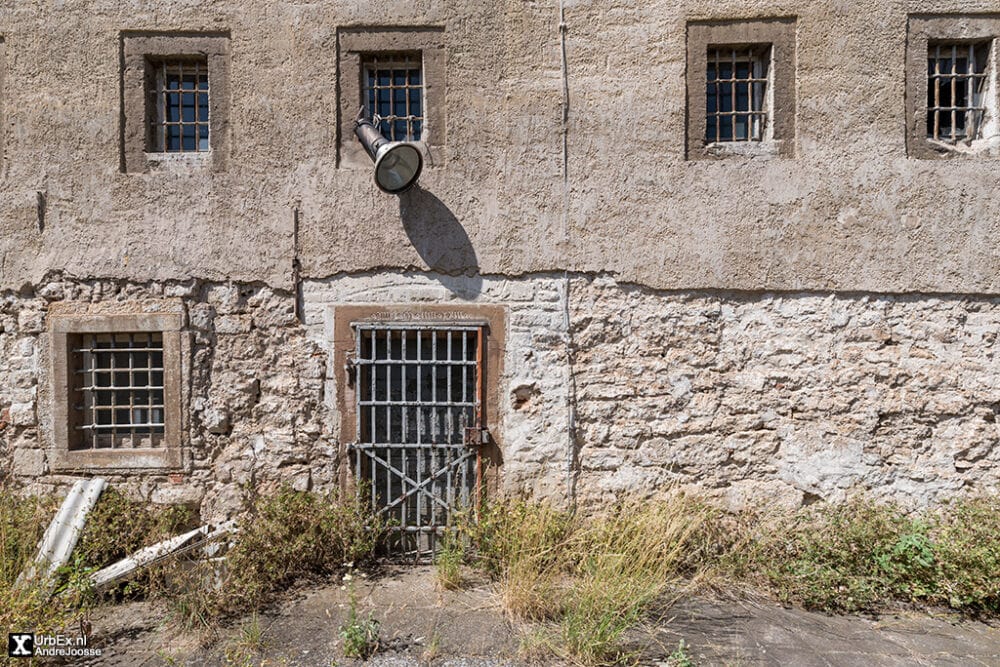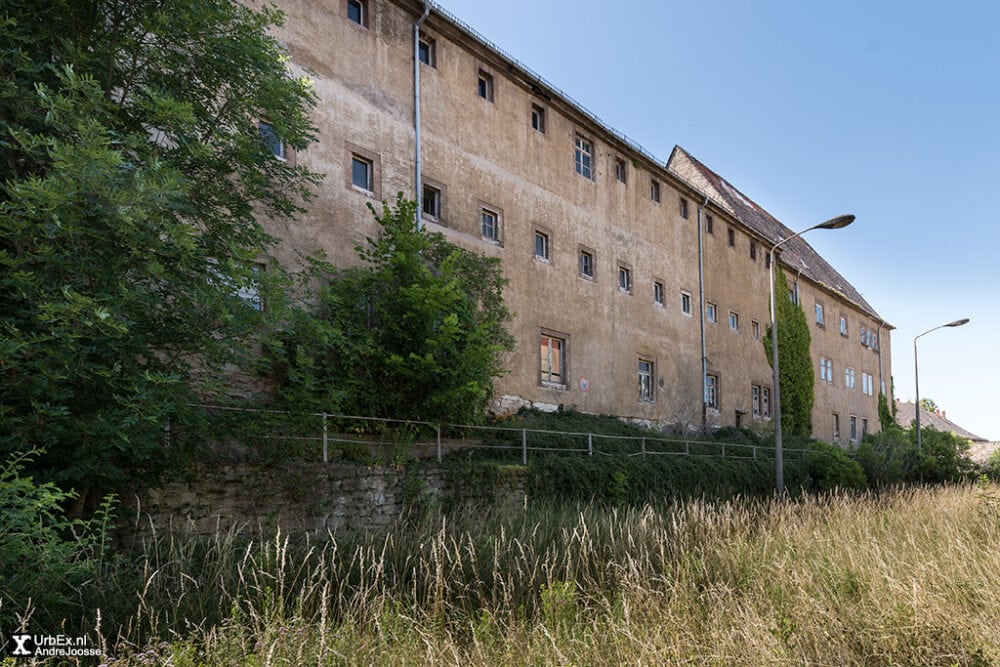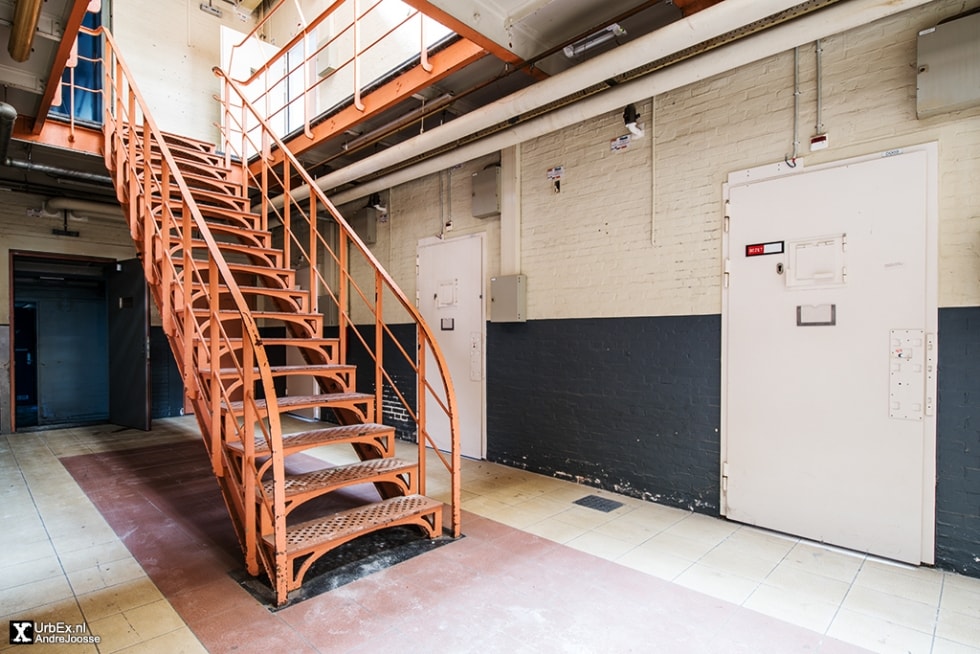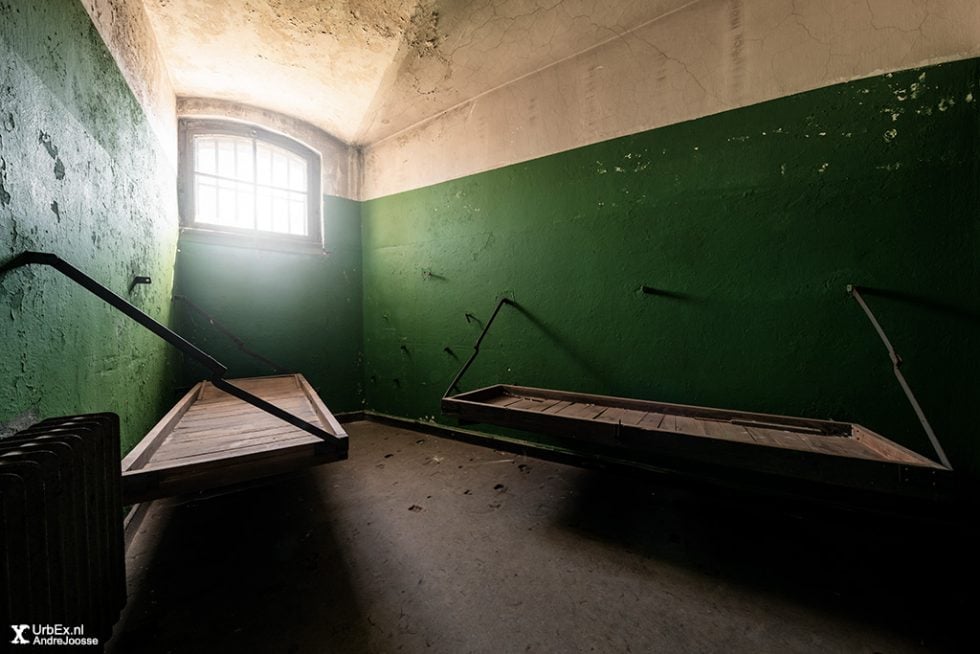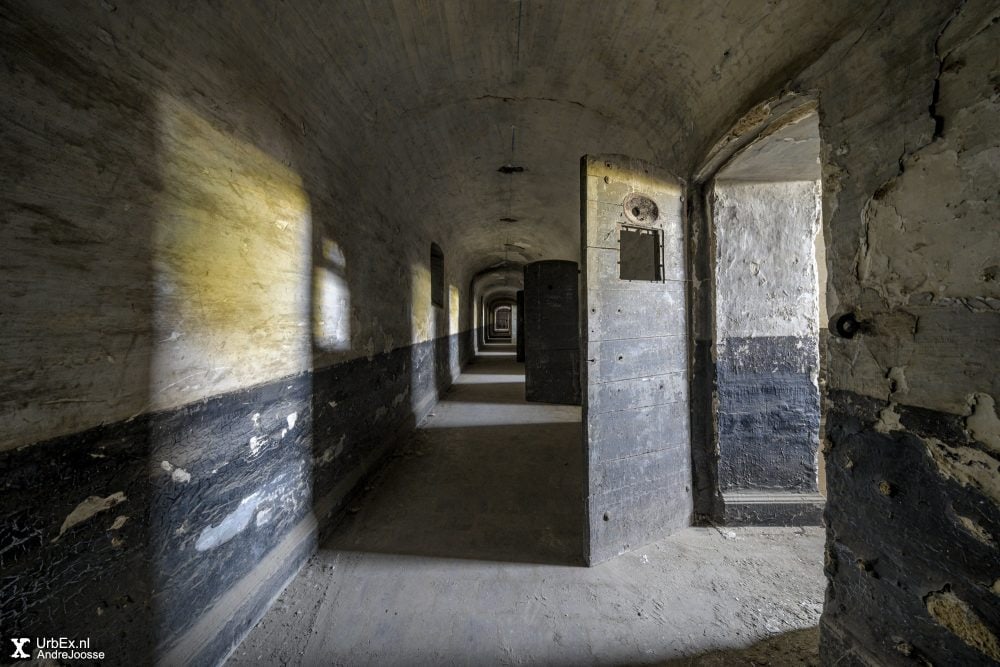Kettenburg Frauenknast
THE ABANDONED PRISON IN GERMANY
Explore the ‘Kettenburg’, a medieval moated castle and prison in Gräfentonna. It was rebuilt several times and served as a correctional facility over a period of 130 years, until its closure in 1989. Today the site is abandoned and now and then used as a movie set.
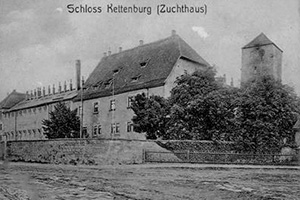
The tale of the Kettenburg begins long before its transformation into a prison. As early as 874, this site was known as the residence of the Counts of Tonna. These noble lords held court within its walls, shaping the destiny of the land. But it was Erwin I who truly inhabited its chambers, leaving his mark on the castle’s legacy.
A Castle Reborn
Around 1200, the Kettenburg underwent a metamorphosis. Its Romanesque features gave way to a late Roman moated castle—a formidable structure rising from the water. The Counts of Gleichen and Tonna took up residence, their banners fluttering in the wind. The oldest parts—the 35-meter-high tower in the north wing and the stately front building in the northeast—still bear witness to those distant days.
In 1375, disaster struck. A fire consumed parts of the castle, leaving charred timbers and blackened stones. But resilience prevailed. The Kettenburg rose from the ashes, its walls rebuilt, and its purpose renewed. The 16th century saw expansions—the south and east wings stretching toward the sky, each stone a testament to endurance. The castle’s fate took a dramatic turn. From the mid-17th century until 1861, it served as the princely house of the Duke of Gotha. But destiny had more in store.
From Princely House to Prison Walls
Eventually, from 1861 to 1991 the building served as a prison. For this purpose, the castle was enlarged with a third floor, so it could accommodate 282 inmates. Until 1933 it was a female only prison, but later that year they also opened a men’s department.
At least 144 foreign forced laborers were detained in the old castle during the Second World War. They were Prisoners of war from France, Poland, and the Soviet Union who had to work at local farms and factories. During DDR-times, political prisoners were detained in this prison.
A Castle Awaits Its Next Chapter
Since the completion of a new correctional facility in Gräfentonna, the Kettenburg castle has been empty. In 2013, the castle was the location for the film adaptation of the novel The Notebook. Some rooms are still decorated as a film set.
Today, the Kettenburg stands silent, a sentinel of the past. Will it become a museum, a cultural center, or perhaps a haven for artists? Only time will tell. For now, let us wander its halls, tracing the footsteps of nobles, prisoners, and celluloid dreams. I visited the old prison castle in 2019.
